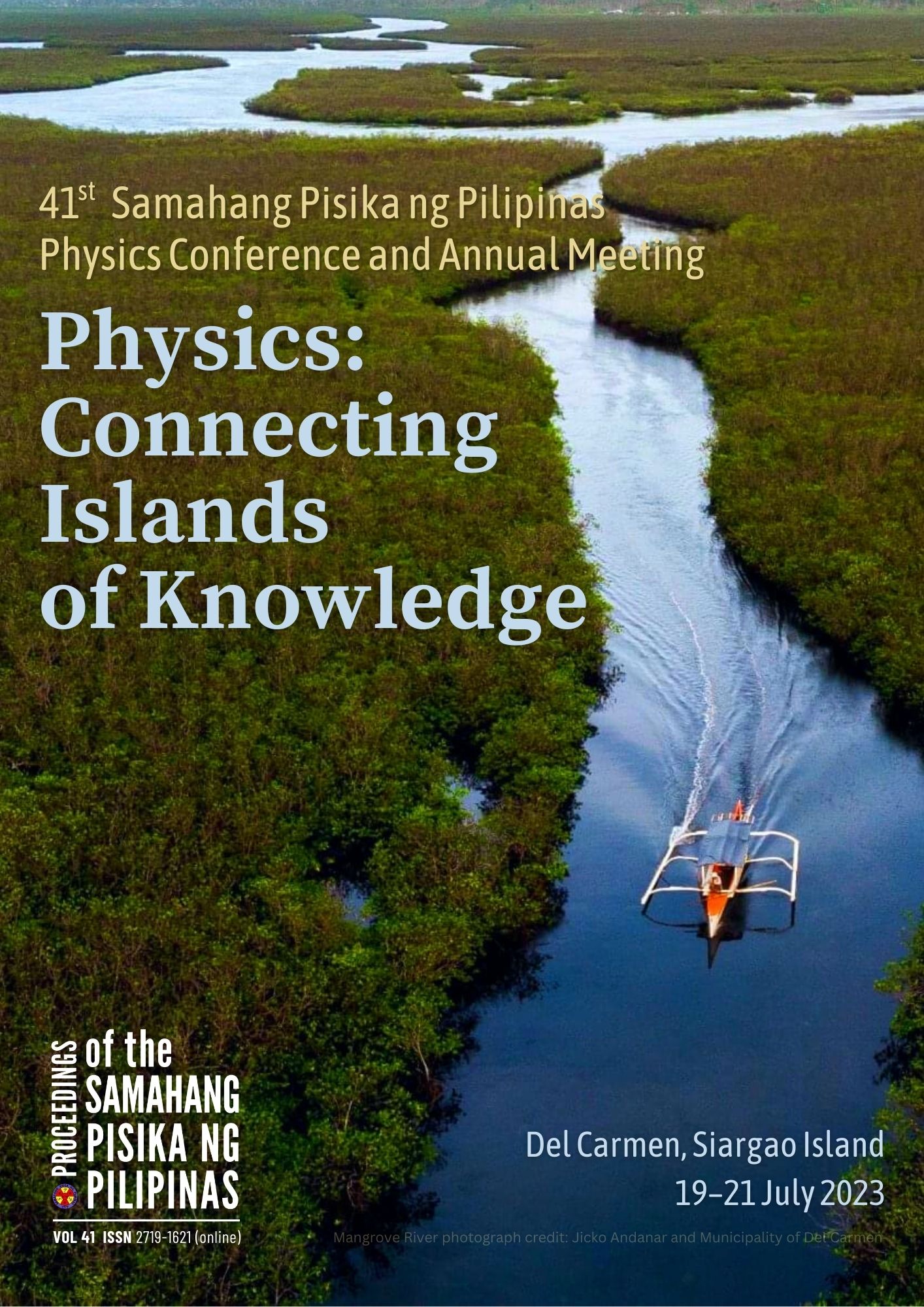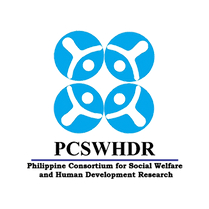Single-disease and two-cooperative epidemics on a Vicsek model of swarming mobile agents
Abstract
In biological contagions, mobility is one of the primary factors that can prompt a pervasive infection. In this paper, we examined how the collective motion of swarming mobile agents affects the propagation of single-disease and two-cooperative epidemics. The Vicsek model was used to simulate agent movement, the standard SIR model for the single-disease epidemic, and Chen et al. (2013) model for the two-cooperative coinfection. As determined by global and local order parameters, agents tend to move coherently with one another when the noise level η is low or their interaction radius R is large. Although there is a significant difference between the epidemic size at zero and nonzero η's, it is observed that the single-disease epidemic and two-cooperative coinfection are unaffected by noise. Meanwhile, an increase in R results in a larger epidemic size. By calculating the critical infection probabilities for various η's and R's, we determined that an epidemic outbreak is likely to occur in highly clustered swarms that move coherently with one another. This observation was further supported by the average degree of the corresponding dynamic network formed by the agents.
Downloads
Issue
Physics: Connecting islands of knowledge
19-21 July 2023, Del Carmen, Siargao Island
Please visit the SPP2023 activity webpage for more information on this year's Physics Congress.











